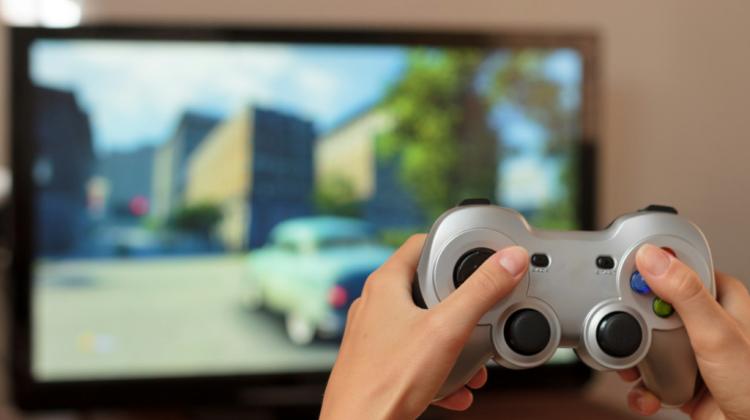Researchers at the University of Silesia want to create a reablement game based on virtual reality
 Photo: Fotolia
Photo: Fotolia
Researchers from the University of Silesia in Katowice want to create a reablement game based on virtual reality. They have already developed their own system of sensorsthat are placed on the body and allow to mimic the movement of the exercising person in a computer.
Project leader Dr. Paweł Janik from the Institute of Computer Science at the Faculty of Computer Science and Materials Science at the University of Silesia in Katowice explained that it is a wearable solution. Devices of this type are clothes or accessories usually containing advanced electronics. This makes the system mobile - it can be used at home and in any other place.
In this case it will be possible thanks to the sensors placed on the head, hands and stomach that react to human movement. "Information about this movement is transmitted via a standard wifi connection (...), and then this data is transformed into a change in the person\'s movement, which is displayed, for example, on a computer screen" - said Janik.
In this way, an advanced sensor system has been created (and is still being developed) to support the reablement of people struggling with various disorders of the musculoskeletal system.
Ultimately, thanks to the model of the exercising person\' body recreated on a computer screen, that person will be able to perform exercises programmed and adapted to the physiotherapeutic plan of the patient. The system accurately replicates the movement of the body, and the exercising person will receive real-time feedback whether the exercises are performed correctly. The data will also be saved in the computer\'s memory, which will allow the physiotherapist to verify the patient\'s progress.
In addition, researchers at the University of Silesia want to create a reablement game on this basis, intended primarily for young patients, for example those with neurological disorders.
PhD student and system architect Michał Pielka explained that currently on the market there were already many systems of this type that used standard wifi network infrastructure. "(It means that) all sensors are connected to one common access point, usually a standard router that most of us have at home" - said Pielka.
"What distinguishes our system is characterized the fact that in its design we have not used an additional microcontroller that processes data. In competitive systems all data from the sensor are usually sent to the main microcontroller, which processes the data and only then transfers them to radio interface. However, we used a microcontroller in the radio system module, which allowed to reduce the size of the sensor, its energy demand and simplify the design, which also reduces costs" - said the PhD student.
Dr. Janik added that scientists had now developed the technical part of this solution. "We are counting on dynamic cooperation with medical teams, because we are now ready to implement this solution for typical reablement games" - he emphasised.
author: Agnieszka Kliks-Pudlik
akp/ agt/ kap/
tr. RL
Przed dodaniem komentarza prosimy o zapoznanie z Regulaminem forum serwisu Nauka w Polsce.














